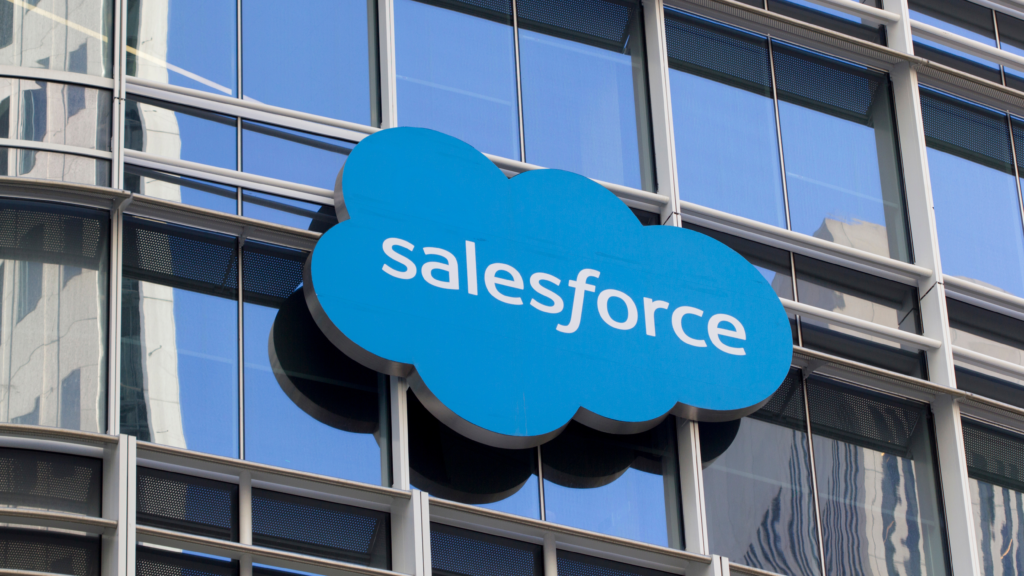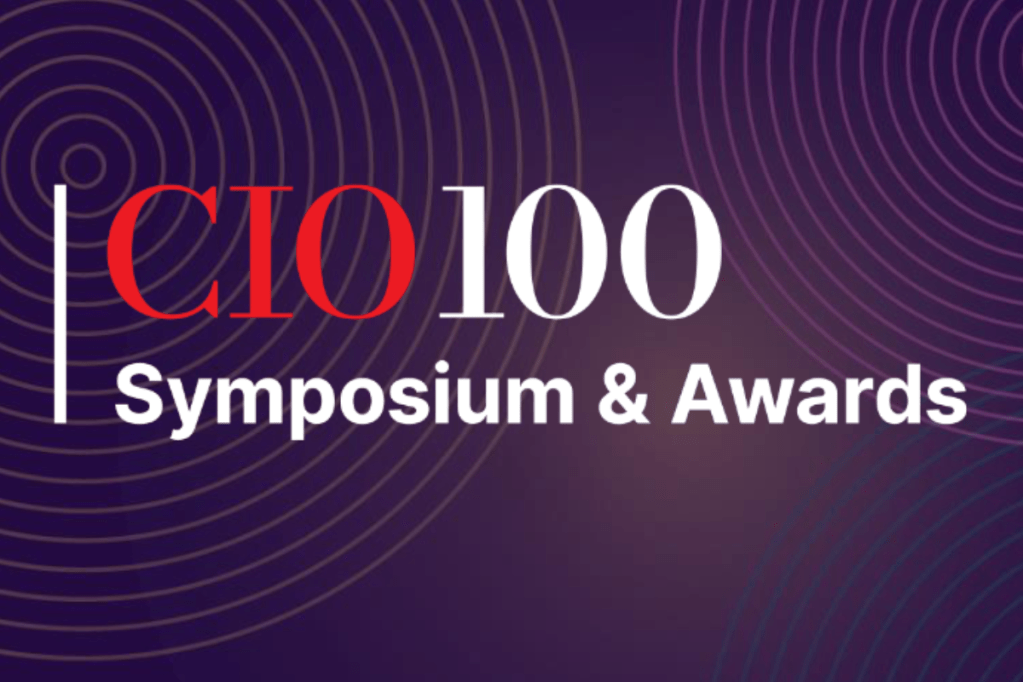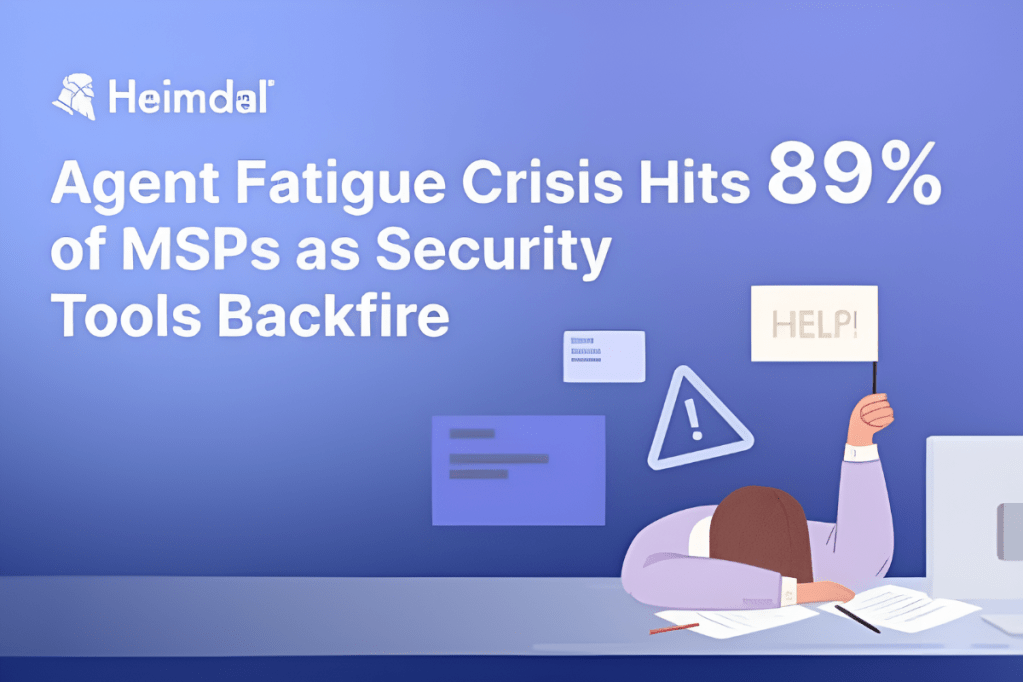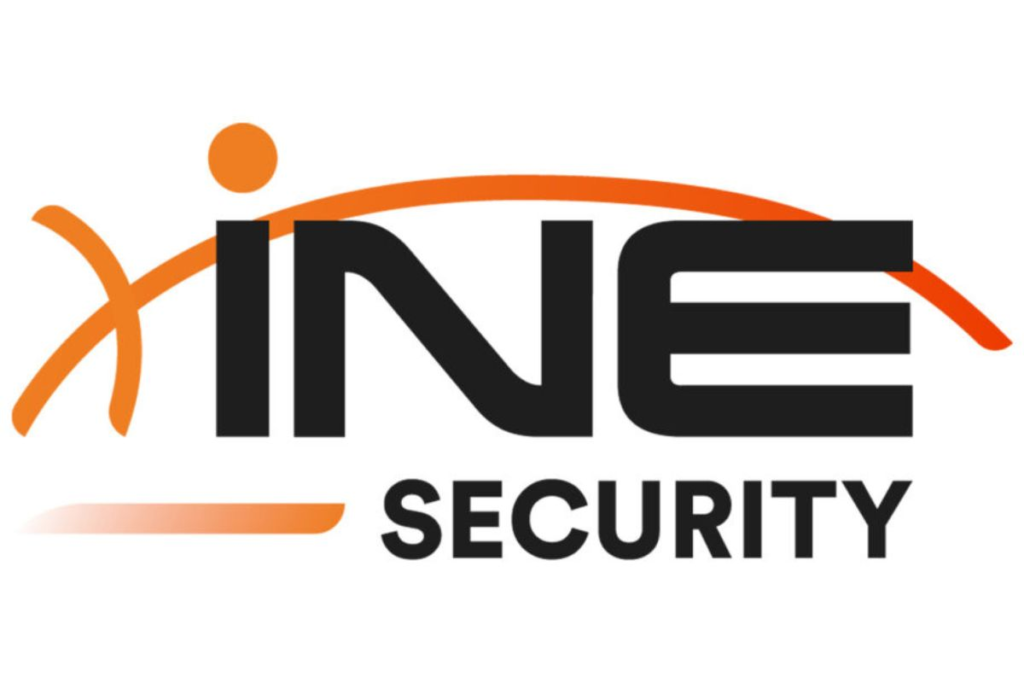Create value with AI agents
AI agentic systems are evolving faster than any technology in recent memory. Mastering them requires robust data infrastructure, clear ROI metrics, security and trust, and a forward-looking operating model. Starting now can help you leverage AI agents for genuine business transformation. And beyond productivity, they are increasingly viewed as catalysts for tangible ROI and market disruption. AI agents can help you deliver value. At a recent Wall Street Journal CIO Network Summit,1 67% of attendees indicated they’re actively piloting or deploying AI agents. In a poll conducted at roughly the same time by Salesforce, 93% of enterprise IT leaders said they have implemented or plan to implement AI agents in the next two years.2 This remarkable rise underscores how AI has shifted from a speculative technology to near-mainstream in under two years. AI agents are often described as a paradigm shift. They move AI from passive information retrieval to proactive execution and decision-making. They possess higher levels of autonomy and intelligence, enabling them to adapt and optimize their actions in response to changes in their environment. They are evolving from simple “taskers” designed to automate single functions to “orchestrators” where multiple AI agents interact to achieve complex tasks at scale. They can operate across different domains—for example, in healthcare, they reduce administrative overhead, while in financial services, they help optimize complex trading strategies—demonstrating true cross-industry applicability. KPMG suggests that the paradigm shift lies not just in AI, but in IT as a whole. AI agents are forcing IT to reinvent itself. We would even go so far as to say AI could fundamentally challenge the software as a service (SaaS) model. Today, many agents are still being considered in the “lift-and-shift” phase, where the only question being asked is, “How can I take advantage of this technology to improve what I do, but without fundamentally changing what I do?” AI agentic systems have yet to be widely embraced as an enabler of business transformation or a catalyst for entirely new business models that can redefine product or service offerings, disrupt markets, and solve sector-wide challenges. But pressure is mounting to change that. CIOs are hearing from their boards: “We need transformative value, not just incremental efficiency gains.” AI agents may be the answer. Where do you begin? The disruptive potential of AI agentic systems demands a focus on fundamentals to prepare IT to take advantage of the opportunities created. There are three phases of exploration that organizations should consider to help AI agents perform: Phase 1: Measure your AI readiness Phase 2: Conduct a holistic opportunity assessment Phase 3: Implement an AI operating model designed for value, scalability, and sustainability Learn more about the foundation you’ll need to integrate AI agents, foster innovation, and develop a competitive edge in our article on creating value with AI Agents. Why time is of the essence: Just as the cloud forced IT to transform from an organization designed to maintain on-premise servers, AI agents are now challenging existing models and forcing another reinvention. This disruption is accelerating far faster than previous technology shifts, making it critical to initiate your transformation now. To learn more about how AI agents can help you deliver value, visit here. source
Create value with AI agents Read More »













